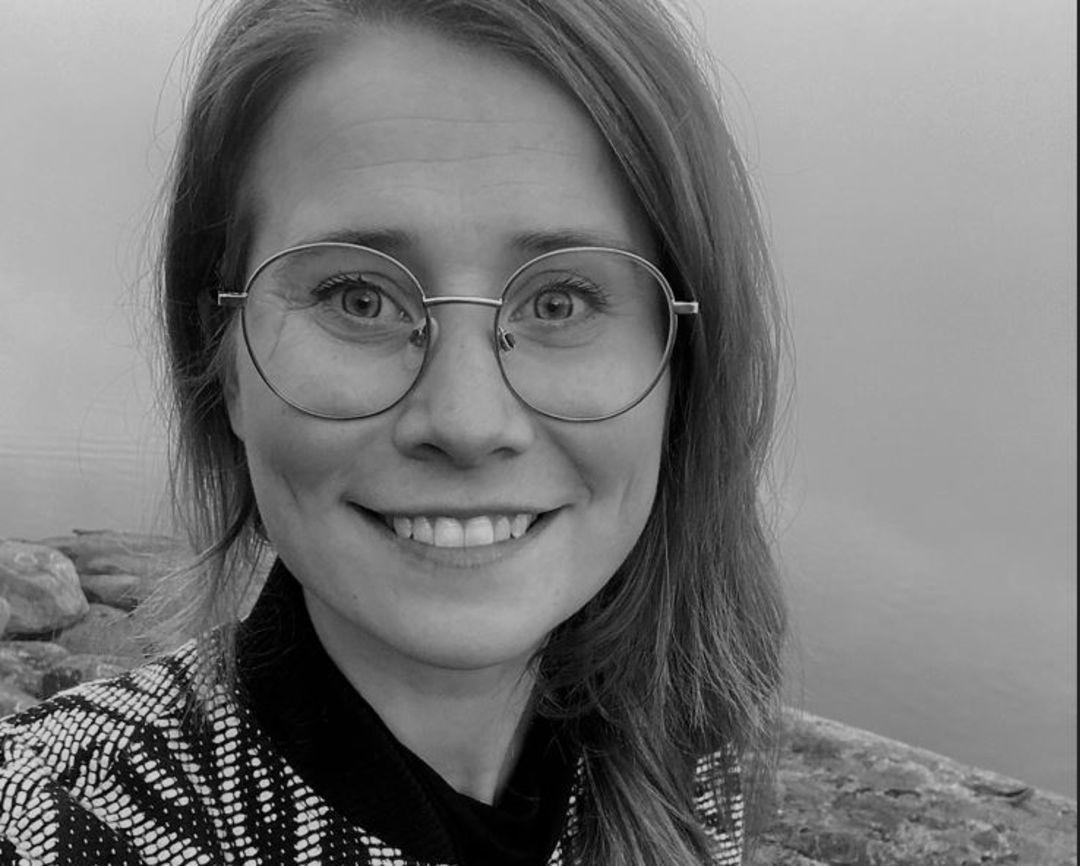
Industrial and Social symbiosis in Sotenäs
Louise Staxäng Torbäck, Symbiosis Developer
Sotenäs Symbioscentrum
Nr.2 2023
Industrial and Social symbiosis in Sotenäs
Sotenäs Symbioscentrum is a meeting place for companies, academia, schools and the public sector. Our goal is to bring people together to create innovation, entrepreneurship, education and employment. At Sotenäs Symbioscentrum, we work with industrial and social symbiosis, our contribution to a circular economy.
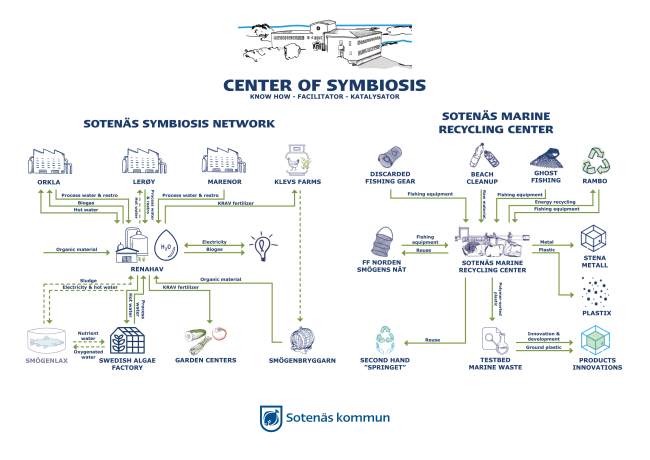
Figure 1: Sotenäs Symbioscentrum - overview value chains.
About Symbiosis in Sotenäs
It all started with a road trip to a neighbouring country in 2013, which gave both energy, insight
and awareness that the municipality of Sotenäs was unconsciously already working with industrial symbiosis. Now it was a matter of gathering new knowledge and already ongoing activity in the municipality into an overall long-term and targeted project.
Background to the Sotenäs Symbiosis Centre
The Symbiosis Centre in Sotenäs journey began during a study visit to Kalundborg, Denmark, in the spring of 2013. On the study visit, both civil servants and driven entrepreneurs from Sotenäs went and it was during the study visit there, that Sotenäs realized that they were partly already working with Industrial symbiosis. The concept of industrial symbiosis was a way of working that Sotenäs recognized, but had not defined. The study visit led to officials and entrepreneurs realizing how parts of the existing way of working could be put into a context and a development context to rally around.
Not least it was important for the local food industry and the handling of their process water and biological waste. By using the emissions and the waste as raw material in a biogas plant, an increase in capacity was made possible for the company instead of a large risk of decommissioning due to all too high discharge volumes of the process water into the sea, which would be detrimental to Sotenäs municipality where a large part of people works in or around the industry.
During the car journey home from the study visit in Kalundborg, the first idea sketch was drawn, which included a Symbioscentrum to drive and facilitate the development. In December 2015, the Sotenäs Symbioscentrum was inaugurated and has since been the hub for work with Industrial and Social symbiosis.
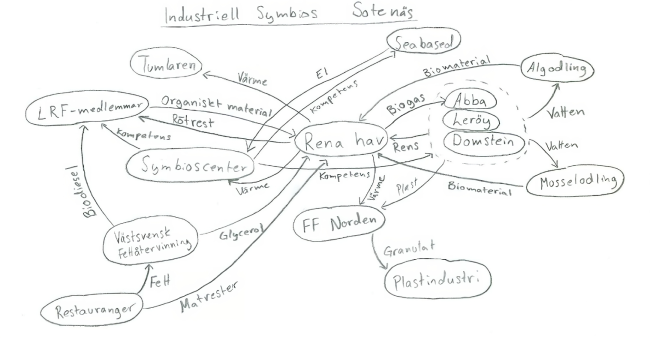
Figure 2: First drawing for Sotenäs Symbioscentrum, sketched in the car on the way home from Kalundborg in 2013.
Sotenäs Symbioscentrum
The ambition for Sotenäs Symbioscentrum is to support industrial and social symbiosis between businesses in the municipality, and at the same time raise the population’s competence as a valuable resource. Sotenäs Symbioscentrum is an active meeting place and a knowledge centre for sustainable business and sustainable development for Sotenäs municipality. Business, society, academia, organizations and associations meet here. Industrial and social symbiosis creates the conditions for new green jobs and a more resource-efficient and sustainable society. The politicians in Sotenäs municipality saw the value of the work, stood behind the processes, and gave the Symbioscentrum a vision to work towards:
“Sotenäs Symbioscentrum will be a leading player in maritime development. We are an innovative hub in an environment where the meeting- and dialogue arena for people with different professions forms form the basis for the transition to a circular economy. With the sea as a starting point, we strengthen the existing business life and create opportunities for new environmentally friendly business operations.”
A joint effort
Sotenäs faced a challenge in that the food industries had received a cap on their discharge volumes of process water. The food industries were part of various groups with management that was not stationed in Sotenäs, which increased the risk of being able to move the industries anyway. There were several parties who became involved in the matter in order to preserve and strengthen the local society. The study visit down to Kalundborg and the insight with Symbiosis brought together entrepreneurs, civil servants and politics where everyone saw the benefit of working together to preserve the large industries and society’s jobs.
Industrial and social symbiosis in Sotenäs
The word symbiosis comes from the biological symbiosis in nature where two or more species exchange material, energy, or information in a mutually beneficial way. Because business and other organizations can work together with the symbiosis methodology, the joint benefits are greater than the sum of the individual ones. It can be about the exchange of materials, energy, information, skills and services. Traditionally, symbiosis clusters have created environmental benefits by cooperating around materials and energy. Sotenäs municipality wants to take symbiosis one step further and the population’s competence is crucial for a sustainable business life. Through collaboration around competence development, know-how and networks, knowledge is built that will supply the symbiosis companies, and contribute to them becoming the entrepreneurs and employees of the business world of the future.
Industrial symbiosis
In an industrial symbiosis, one’s waste or residual product becomes another’s raw material. By cooperating with companies and other organizations, the system becomes more efficient than if everyone optimizes their own operations. When companies actively work together with each other’s flows, physical symbioses arise. The Industrial symbiosis in Sotenäs can be visualized by the symbiosis map. The picture shows how physical flows are exchanged between different companies and industries. Some of the industries are close to each other in their operations, while others are further apart but have found value in working together. An important part of the symbiosis work are testbeds where the members of Sotenäs Symbioscentrum can test their business ideas and exchanges of flows on an initially small-scale level. Simply explained, the testbeds can be summarized as the companies testing their business ideas at the “kilo level”, compared to the full-scale “ton” and the “gram” of research.
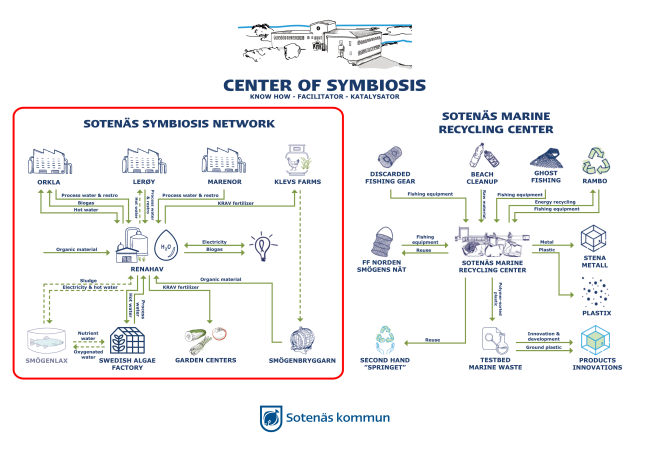
Figure 3: The symbiosis map – visualization of the exchange of material flows between companies
Residual raw materials and waste that become valuable resources.
Barely ten years after the first sketch of the resources we had in Sotenäs, the companies have today connected themselves in a symbiosis and exchange residual raw materials and waste that both generate value and has strengthened the business society and municipal. To name a few material flows, the process water today goes to the company “Renahav”, which cleans the water in their process water treatment plant. The sludge that results from the treatment is then forwarded to their biogas plant. Hot water and biogas can then be taken out to a few different nearby industries for heating. Orkla has been able to replace its oil heating with green, locally produced energy, which makes their factory in Sotenäs a role model in the group. Because Renahav knows what goes into their biogas plant, they can get a KRAV-certified fertilizer. This means that a large farm in the municipality “Klevs gårdar” could convert to organic farming.
The war in Ukraine led to large price increases for, among other things, artificial fertilizers for other farmers, but because of the symbiosis, we have seen that the material flows between the companies have been resistant to the fluctuations of the outside world. Hot water from Renahav also goes down to the company “Svensk algefabrik”, which is a diatom (algae with unique silica cell wall) company where they grow diatoms for which they develop several different wonderful uses. Based on a test bed in Sotenäs, they have seen that if they connect to the planned future salmon farm, their algae grow better while the water is cleaned better before it goes back to the salmon.
From the start, the company “Smögenbryggarn” has mapped which material flows they should have in their processes and how they should be used in the best possible way, and thus be able to develop a sustainable company. The company tests wheat from Klev’s farm and deliver brewer’s spent grain (the remains of the malt from brewing beer, typically grain husks and poorly soluble carbohydrates) to various companies in the municipality, and what is more difficult to use directly is left for biogas.
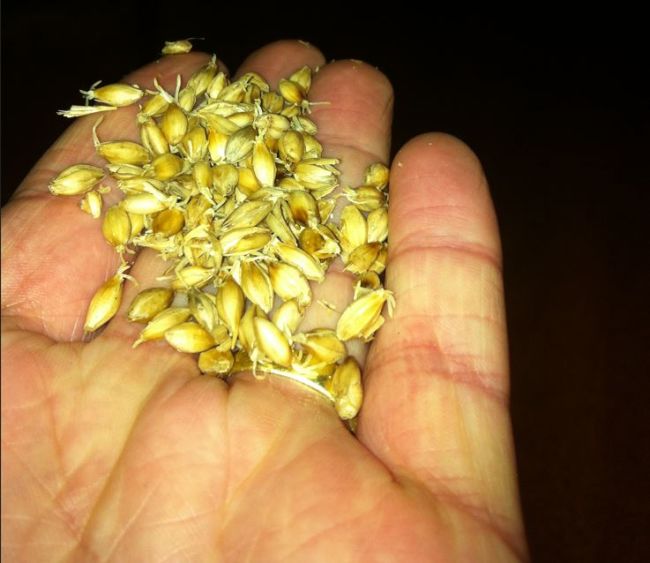
Picture 1: Sprouted barley used in brewing and distilling.
What becomes clear is that when the founders see the benefits of collaboration, new ideas are constantly coming up for development within the Symbiosis work. From the Symbiosis Centre, we tend to say that there are “bubbles” of new ideas in the network that we can discuss and collaborate around with aim to establish new symbioses!
Social symbiosis
Social symbiosis is not based on physical flows between companies, but instead on human resources and competence. But in the same way as in the Industrial symbiosis, the benefit is greater through cooperation. The symbiosis map is populated by people: business leaders and employed staff, seasoned entrepreneurs and start-up entrepreneurs, innovators, and developers. The work with the Social symbiosis aims to support the entrepreneurs in the green economy, contribute to securing the competence supply of the personnel required within the symbiosis companies, connect innovators with business developers, or entrepreneurs with research and development resources. Without the right person in the right place, there will be no green transition!
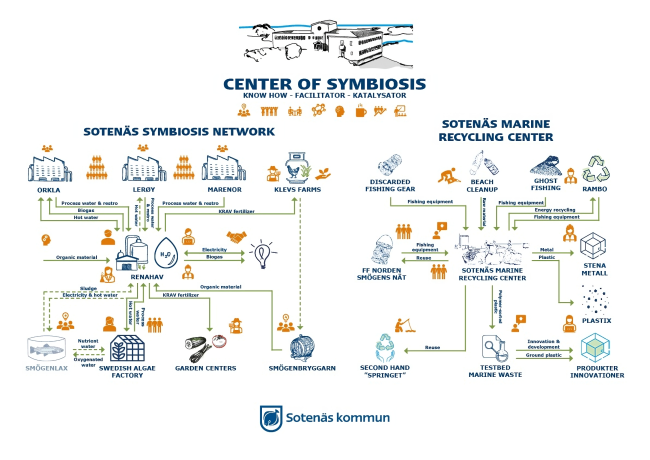
Figure 4: Symbiosis map that illustrates the important factor of human resources and competence.
Sotenäs municipality is a peripheral rural municipality, and it is an ongoing effort to strengthen the connection to the regional innovation system. It is also of importance to be up to date with the national support tools and to network with relevant local, regional, national, and international actors. The symbiosis centre and the companies often collaborate in various projects to obtain the basis and expertise for new symbioses or side streams. We at the Symbiosis Centre usually say that we can almost point out who the people in the map above are. We have many passionate people who are passionate about their organization, entrepreneurship and development, but also about the place and society we live in, which provides a common driving force for the work with sustainable transition.
Development of the Symbiosis and our different roles
Organisation
• The symbiosis centre is a platform where the municipality and business meet
• At the start, existing companies connected their structures with a new node company (a key company for the symbiosis network [Renahav]). .
- The municipality is helpful with land issues and was able to act as neutral party vis-à-vis the other participants
- The municipality was also able to gather and connect the right network participants.
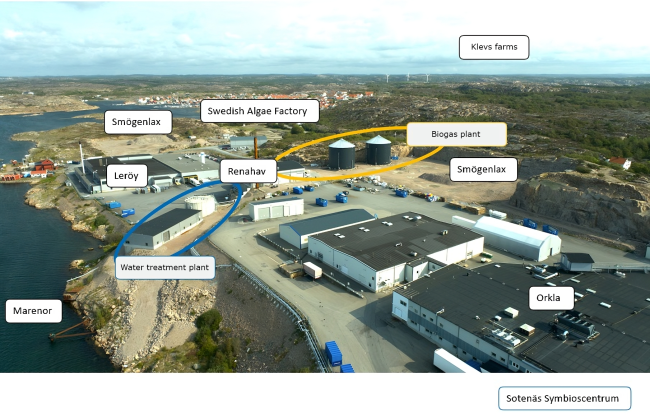
Picture 2: The different participants in the Sotenäs Symbiosis Network.
The role of the municipality
• Neutral platform for the network with participating companies
• Land, building permit and detailed plans
• Connection to the regional innovation system for project collaboration
• Development project coordinator
• Link to strategic organizations & companies, academia, regional networks
• Offer coffee!
The role of companies
• Stable operations around material flows
• Break the linear mindset
– Move from waste costs to resource thinking.
– Finding new business opportunities.
– Drive smart and sustainable business development.
– Brand building that enables future resilience against economic fluctuations.
– Future consumers and workforce demand green development.
Important learnings & experiences
• The symbiosis map is dynamic
– However, strong main material flows must be there as a guarantee.
– Sometimes a lot of contact, sometimes less between different participant members.
– Think about the collaboration platform – how should it be designed?
– Company-run, municipality-run or co-operative?
– The collaboration platform type will be important for the development of the symbiosis network.
– Coordination is required for networks involving external members that do not play a direct part in the symbiosis network!
– Challenge-driven or opportunity-driven?
• Important to have clear strategy documents and visions.
– Helps when others want to get involved.
– Becomes like a declaration of intent.
The mindset
• Symbiosis can be locally applied in several areas
– It’s about mindset
– Everything is a resource, waste is just an unused resource
• Use shortcuts and build lab and/or demo plants first to test material flows
• Think of biogas as a goalkeeper
• Link existing actors/flows or…
• Build smart from the start!
Sweden’s first Marine recycling centre
Annually, between 5–13 million tons of waste ends up in the oceans worldwide. Sweden’s first and only Marine recycling centre was started in Sotenäs municipality in 2018. The goal is to meet the challenge of marine litter and act as a catalyst for innovative ideas and companies in marine sector.
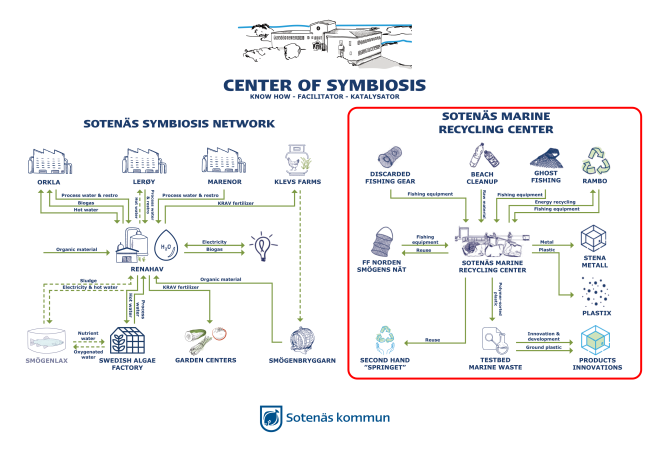
Figure 5: Rest raw material flow & circular value chain at Sotenäs recycling centre.
Used fishing gear, ghost fishing, beach litter.
The start: In the municipality of Sotenäs, we have a zealot in the company “FF-Norden” who came up with the idea of a Marine recycling centre. FF-Norden had already started work on a small scale to collect fishing gear so that they would not end up in the wild. In collaboration with various organizations and financiers, Sotenäs municipality today runs Sweden’s only and first Marine recycling centre. Sotenäs Marine recycling centre work for a clean ocean and see plastic as a raw material that can go into a circular process instead of just garbage.
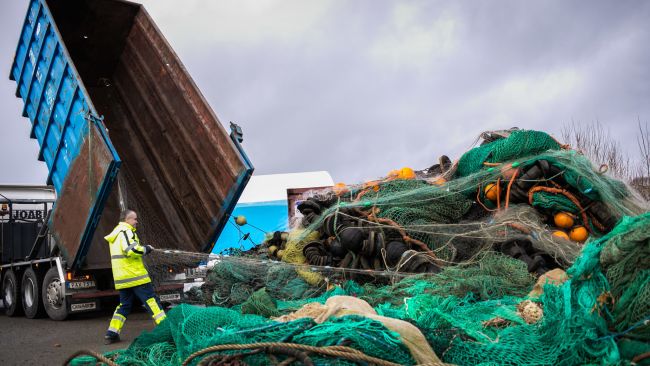
Picture 3: Used and lost or discarded fishing gear collected from the sea and beaches in Sotenäs municipality.
In 2022, we collected 152 tonnes of used fishing gear and sorted a total of 191 tonnes fishing gear. Starting in 2020, we have been involved in starting a nationwide collection initiative called ‘Fiskereturen’, which is financed by the Swedish Sea and
Water Authority, where used fishing gear from all over the country will be taken care of and sorted for reuse and recycling at the Marine recyclingcentre in Sotenäs. Of the collected fishing gear, approx. 60-80% has gone to material recycling, 5-10% to reuse and 20-40% to combustibles. At Sotenäs Marine recycling centre, we work to develop the collection, sorting, recycling, reuse and prevention of marine waste.
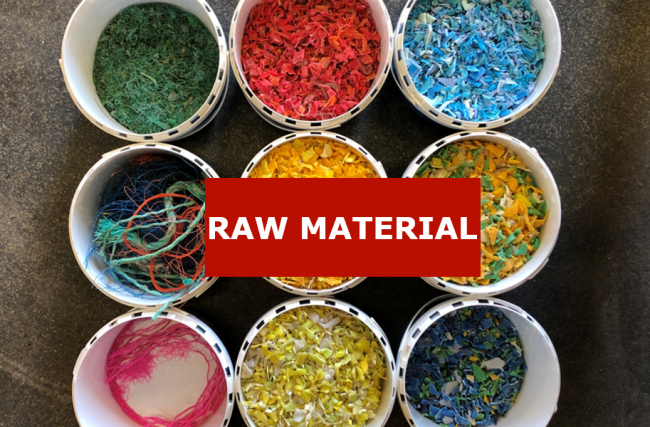
Picture 4: Collected and sorted plastic ready to be used as raw material in the production of the new product.
With a marine recycling centre in Sotenäs municipality, we want to contribute at local level to develop a permanent, sustainable solution for marine waste and fishing equipment. We also want to change the attitude from seeing marine waste and fishing equipment as costly problems and challenges, and instead find potential and development opportunities to create value from the waste. We are also working on several innovation projects that will enable both the prevention of plastic in the ocean, but also new ways of working for a healthier and cleaner ocean.
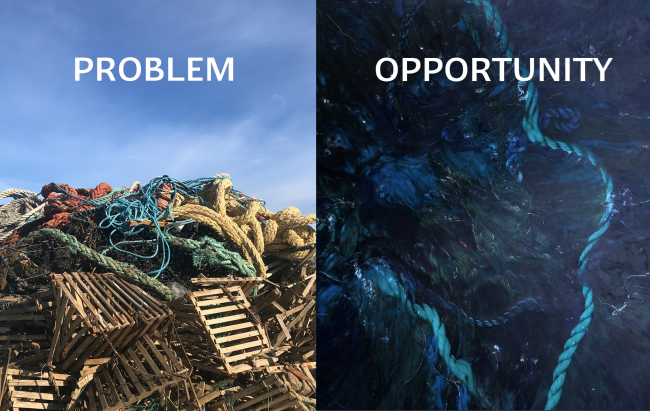
"What we call waste today is what we have not yet learned to master as resources. So, dare to step away from problem-oriented focus, and see newopportunities to promote the environment!"
Louise Staxäng Torbäck
Symbiosis Developer - Sotenäs Symbioscentrum
Louise works as a Symbiosis developer with project financing, and as a manager of various projects that aim to develop new symbioses for the member companies in Sotenäs municipality. She also works part-time at the Marina recycling centre, where they need new projects and partnerships to develop.
In our staff team at Sotenäs Symbioscentrum in Sotenäs municipality, we have a wide range of different competencies. We recruit based on various characteristics and skills to build a complete interdisciplinary team, that will drive development within Symbiois and business within the municipality.
In this article, Stina Gottlieb - Symbiosis developer and Mathias Skarp - project communicator have also participated and produced information and pictures.
